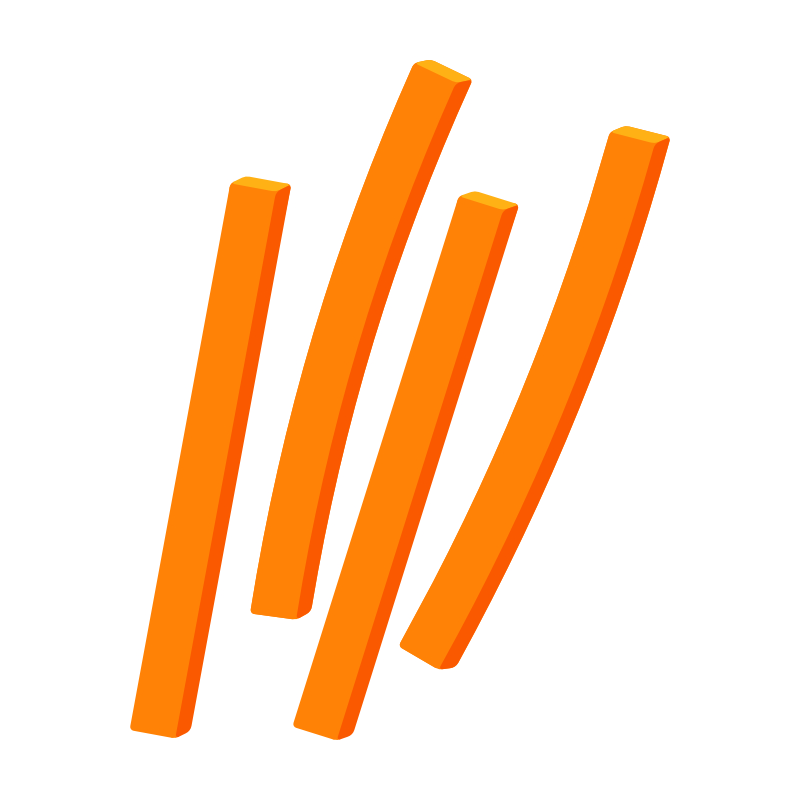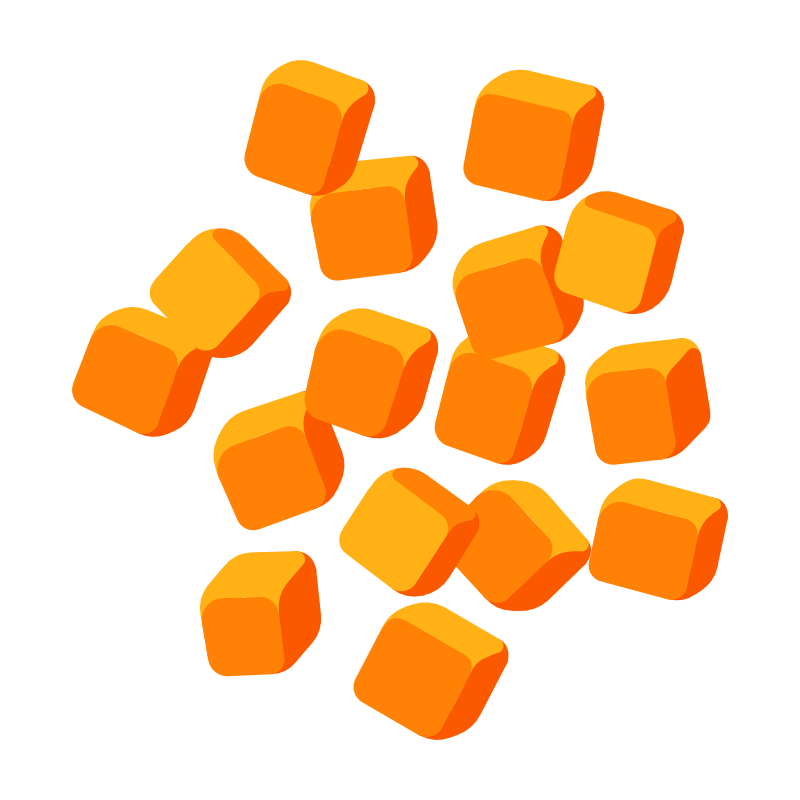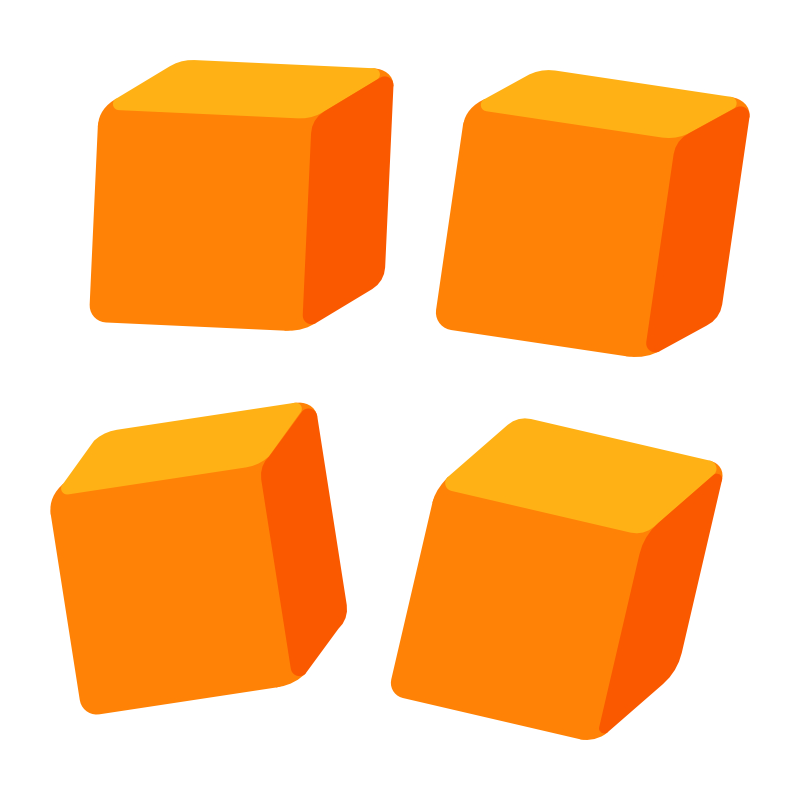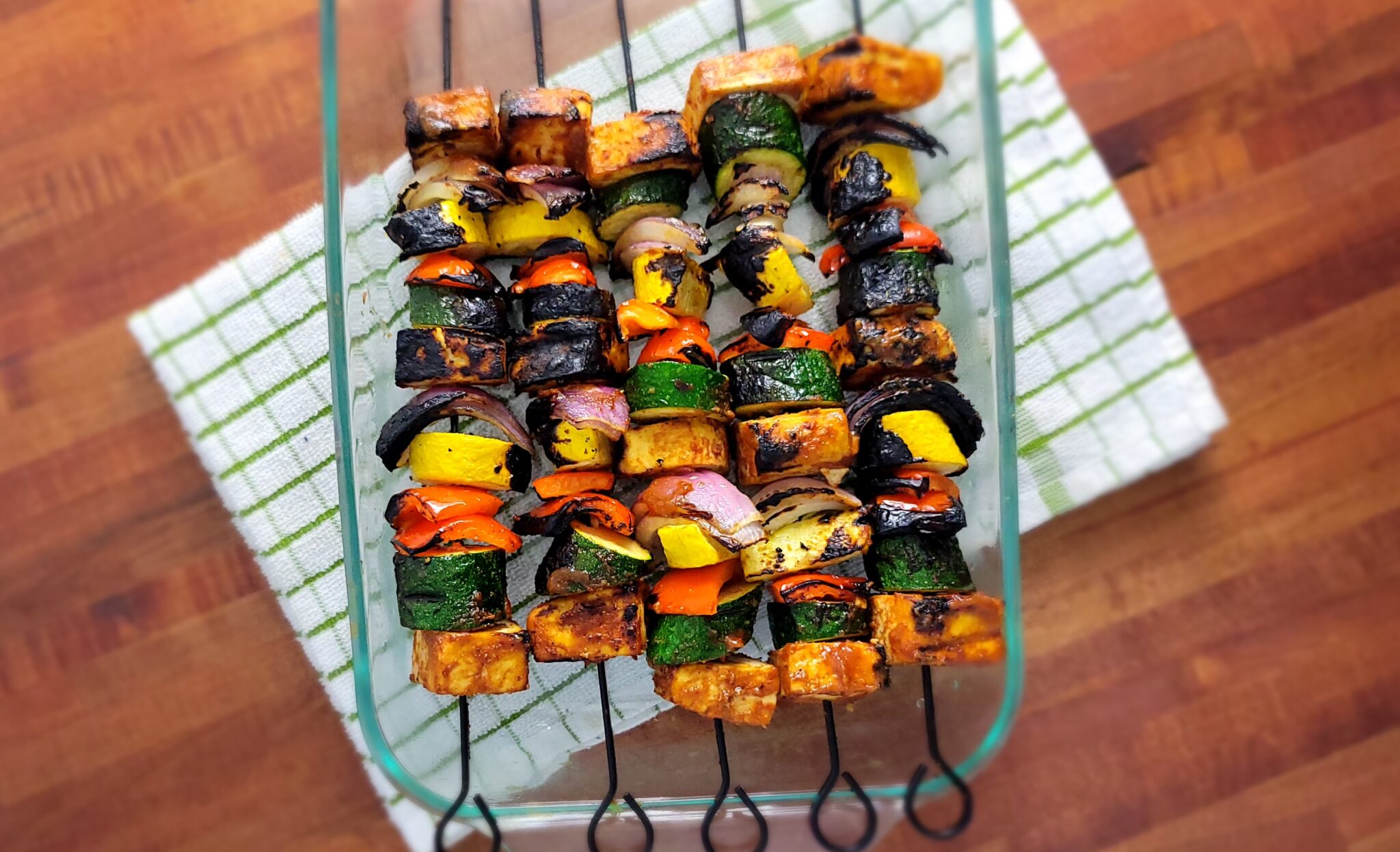Welcome to our knife-cut guide for amateur cooks managing chronic kidney disease. Cooking at home can be both a therapeutic journey and an essential aspect of your health management. This guide focuses on knife skills and techniques that will help you efficiently prepare kidney-friendly meals. We’ll explore various cuts that maximize flavor and presentation while considering the dietary restrictions and nutritional needs associated with kidney disease.
Baton
The baton cut is a basic knife technique used to cut ingredients into thick, stick-like shapes, typically around 2 inches in length and ½ inch in both width and thickness. It’s a foundational cut often used as a starting point for more precise cuts.
Baton cuts are ideal for vegetables like carrots, zucchini, and cucumbers, providing a suitable size for dishes like crudité platters or for further cutting into smaller pieces. This cut is also a favorite for making chunkier versions of French fries from potatoes.
Size: ~ 1/2″ x 1/2″ x 2″

Batonnet
The batonnet is a precise and uniform cut, creating sticks that are 2 inches long and approximately ¼ inch thick on each side. It’s a slightly finer version of the baton cut. This technique is commonly used for vegetables like carrots, bell peppers, and potatoes.
Batonnet cuts are often the preliminary step in creating a julienne or small dice. They are perfect for stir-fries, French fries, or as a garnish, providing a combination of aesthetic appeal and even cooking.
Size: ~ 1/4″ x 1/4″ x 2″

Julienne
Julienne, often referred to as “matchstick cutting,” creates thin, uniform strips. The standard dimensions are 2 inches in length and 1/16 to 1/8 inch in thickness. This cut is particularly useful for firm vegetables like carrots, bell peppers, and celery.
Julienne cuts are frequently used in salads, as garnishes, or in dishes like spring rolls and stir-fries, where quick and even cooking is desired. They not only cook evenly but also enhance the presentation of the dish with their delicate size.
Size: ~ 1/8″ x 1/8″ x 2″

Small Dice
Small dice is a precise cut resulting in uniform cubes measuring about ¼ inch on each side. This cut is achieved by first slicing the vegetable into planks, then sticks (similar to julienne), and finally into small cubes. It’s perfect for ingredients that need to cook quickly or be distributed evenly throughout a dish.
Small dice is commonly used for onions, peppers, and root vegetables in soups, sauces, and sautés. The small, even size ensures that each piece cooks uniformly.
Size: ~ 1/4″ x 1/4″ x 1/4″

Medium Dice
Medium dice results in cubes that are approximately ½ inch on each side. This cut offers a balance between aesthetic appeal and practical cooking time. It’s typically used for vegetables like potatoes, carrots, and bell peppers.
The medium dice is ideal for roasting, in stews, or for vegetable medleys where a bit more texture and bite are desired. The slightly larger size compared to a small dice allows the vegetables to maintain their integrity and texture after cooking.
Size: ~ 1/2″ x 1/2″ x 1/2″

Large Dice
A large dice involves cutting ingredients into cubes of about ¾ inch. This cut is less about precision and more about yielding hearty, chunky pieces suitable for dishes where the vegetable is a focal point.
Commonly used for root vegetables like potatoes, turnips, and beets, the large dice is perfect for rustic stews, roasts, and gratins. The size allows the vegetables to cook through while retaining their structure and absorbing flavors well.
Size: ~ 3/4″ x 3/4″ x 3/4″

Diagonal Cut
The diagonal cut, or “oblique” cut, is performed by slicing the ingredient at an angle. This technique creates elongated, oval-shaped pieces that are aesthetically pleasing and have more surface area for browning and flavor absorption. It’s ideal for longer vegetables like carrots, zucchini, and asparagus.
The diagonal cut is often used in stir-frying, grilling, or in dishes where a more elegant presentation is desired, as it adds visual interest and a sophisticated touch to the dish.

Quarter Cut
The quarter cut involves slicing fruits or vegetables into quarters lengthwise. This cut is often used for smaller, round items like potatoes, tomatoes, apples, and onions. It’s a simple cut that’s useful for breaking down produce into manageable pieces for further slicing or for cooking them as is in roasts or grills.
The quarter cut allows the heat to penetrate more effectively, making it suitable for ingredients that require thorough cooking or are being prepared for stuffing or layering in dishes.

Rondelle
Rondelle is a simple circular slice cut, typically used for cylindrical or round vegetables and fruits. The thickness can vary based on the recipe’s need, usually ranging from 1/8 inch to ½ inch.
Common items for rondelle cuts include carrots, cucumbers, zucchini, bananas, and eggplants. This cut is not only straightforward but also ideal for salads, sautéing, or for creating visually appealing dish presentations. Rondelle cuts ensure even cooking and are great for showcasing the natural beauty of fresh produce.
Size: ~ 1/8″-1/2″ thick


